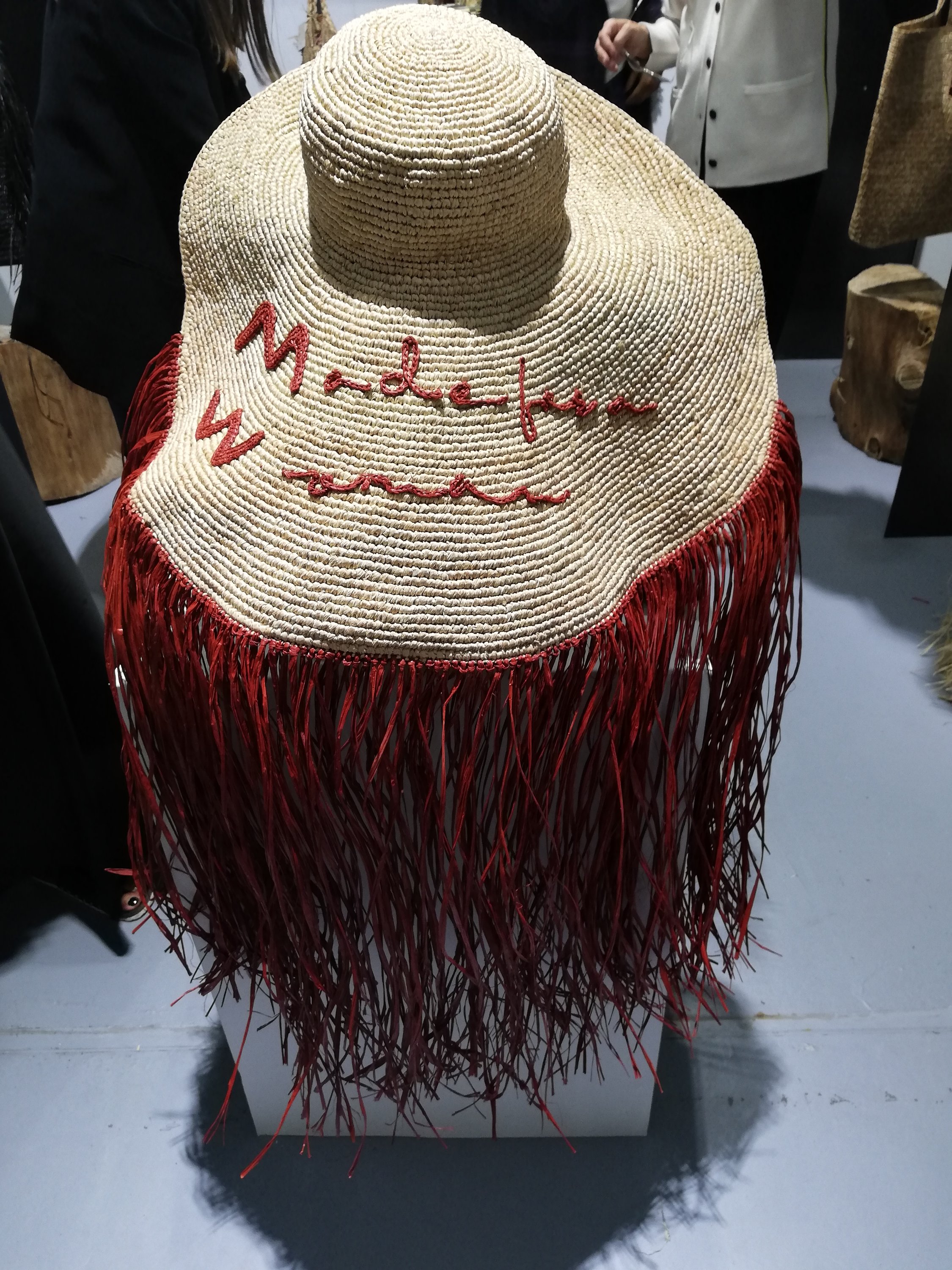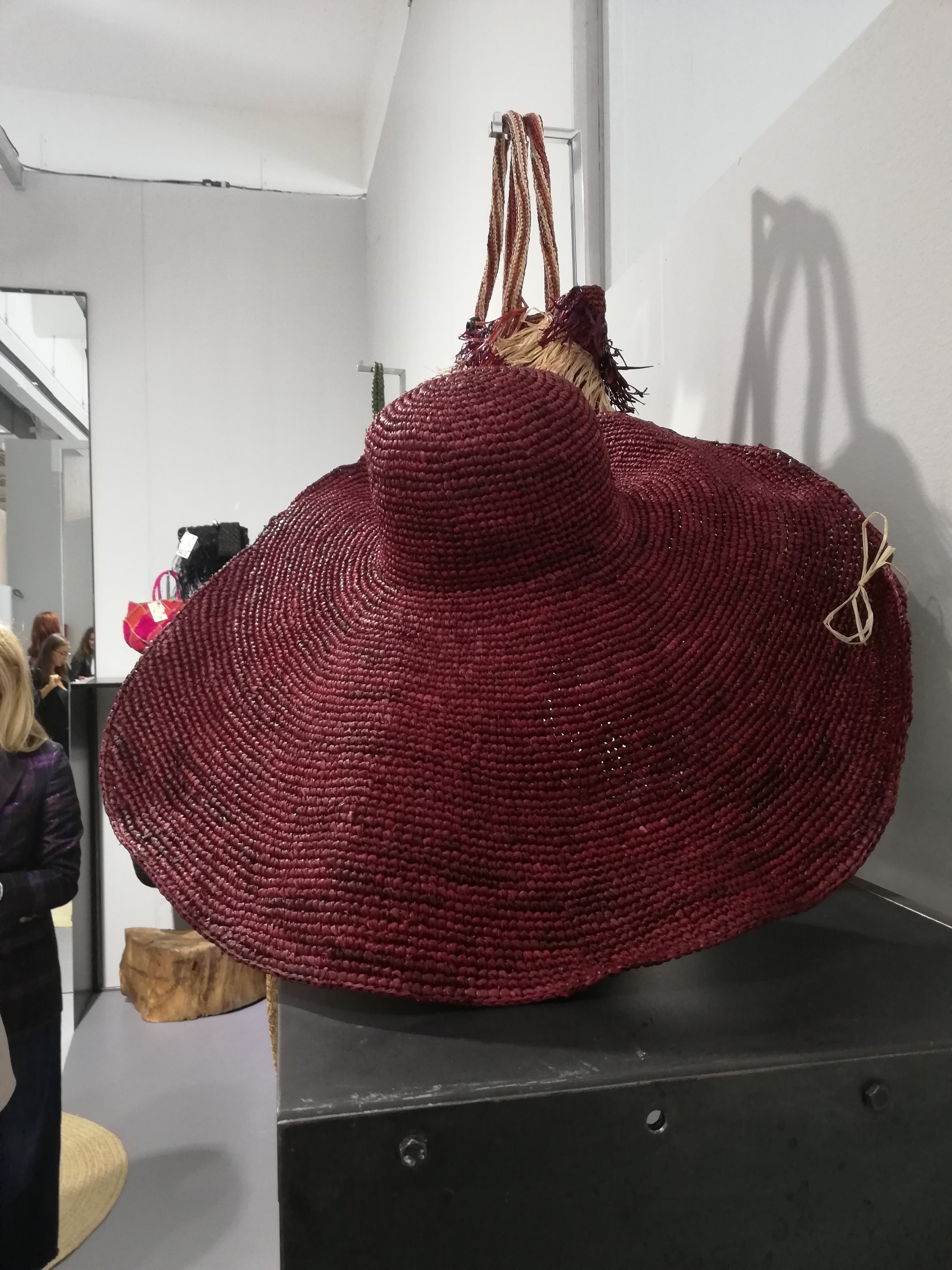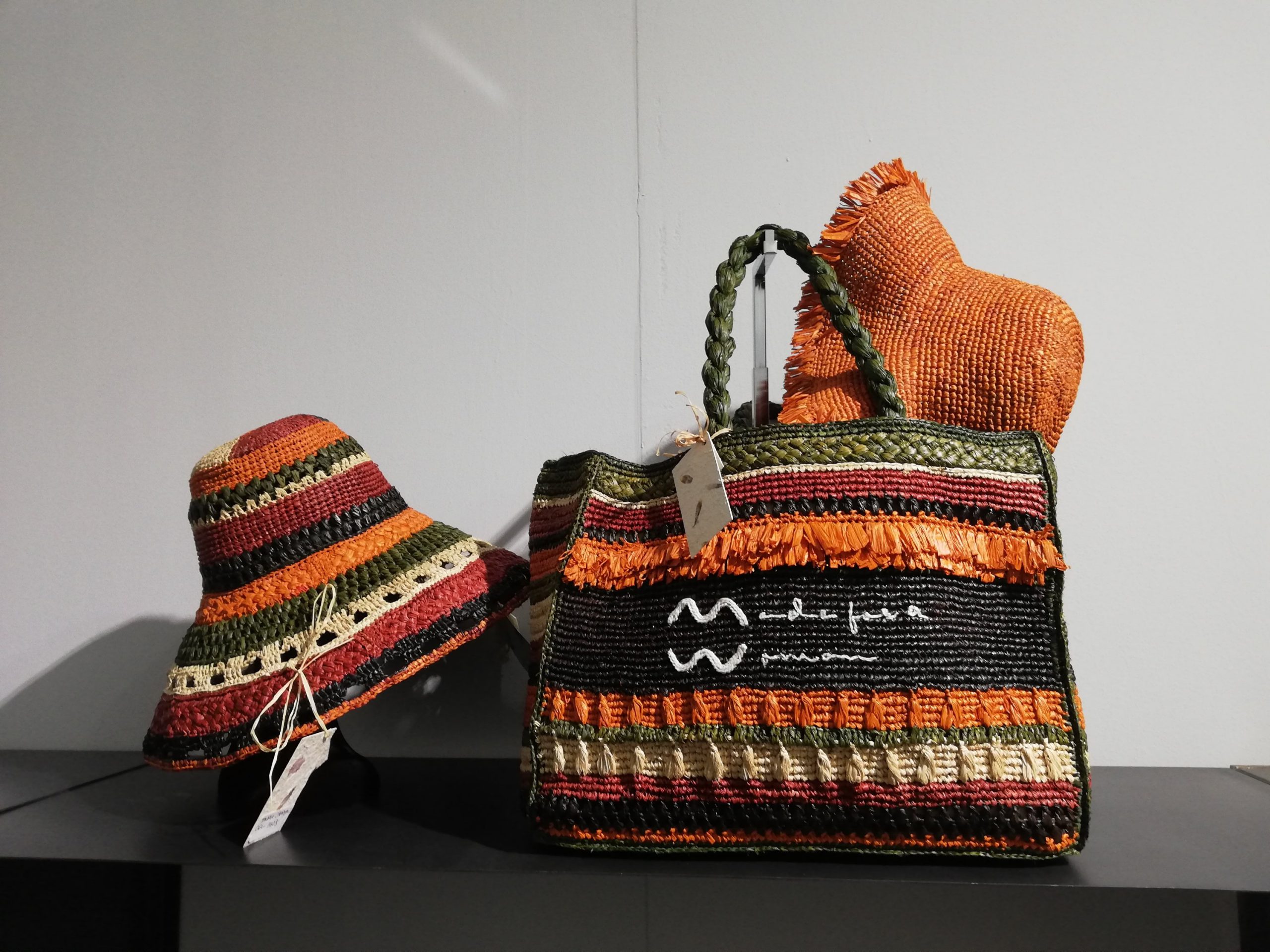On this occasion I will talk you about Made for a Woman, a brand that has really stolen my heart, because I find in these a real commitment and consistency between philosophy and product.
During the Milan fashion week I had the opportunity to make new finds. I had already mentioned in the previous article that this time of year is the most appropriate to meet new projects focusing on different shades in the fashion industry; trends, new talents, technology or sustainability which is what concerns us.
Many events and fairs take place during this week; one of which is White Show Milano, where I go every six months in search of new ecological projects; in this edition with its GIVE A FOK-us section. I must say with great satisfaction that I see the growing environmental interest in fashion entrepreneurs and manufacturers.
A brand made by women for other women
Made for a Woman was founded in 2018 in Madagascar. As its name suggests, its products are made by women who live in a precarious state. In this group you can find mothers of all ages who are given the opportunity to work in an ethical environment and with a fair salary that exceeds 75% of the minimum wage, as the company ensures, in addition to free medical assistance , family planning courses and language lessons, on the other hand collaborate with prisons by providing craft training.

Its main products are handcrafted bags and hats in raffia from a natural park located in the northwestern part of Madagascar. 10,000 palm trees are planted here every year, colored with AZO-free pigments, and have Amfori’s BCSI (The Business Social Compliance Initiative) certification. They are lined with different second hand fabrics. The company defines them as … “imperfectly perfect jewels, unique in their kind, signed exclusively by the personal touch of the weaving of each artisan woman”.
One detail that caught my attention is that their information material was also attentive to detail; the business card in recycled paper and the leaflet made in a fairly artisanal way, and respectful of the environment, since the sheets were grouped with two strips of raffia, exploiting a resource in their possession and thus avoiding glue, metals or other materials .






